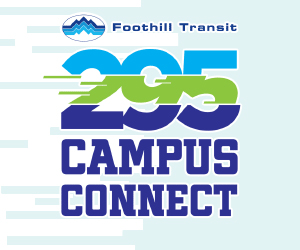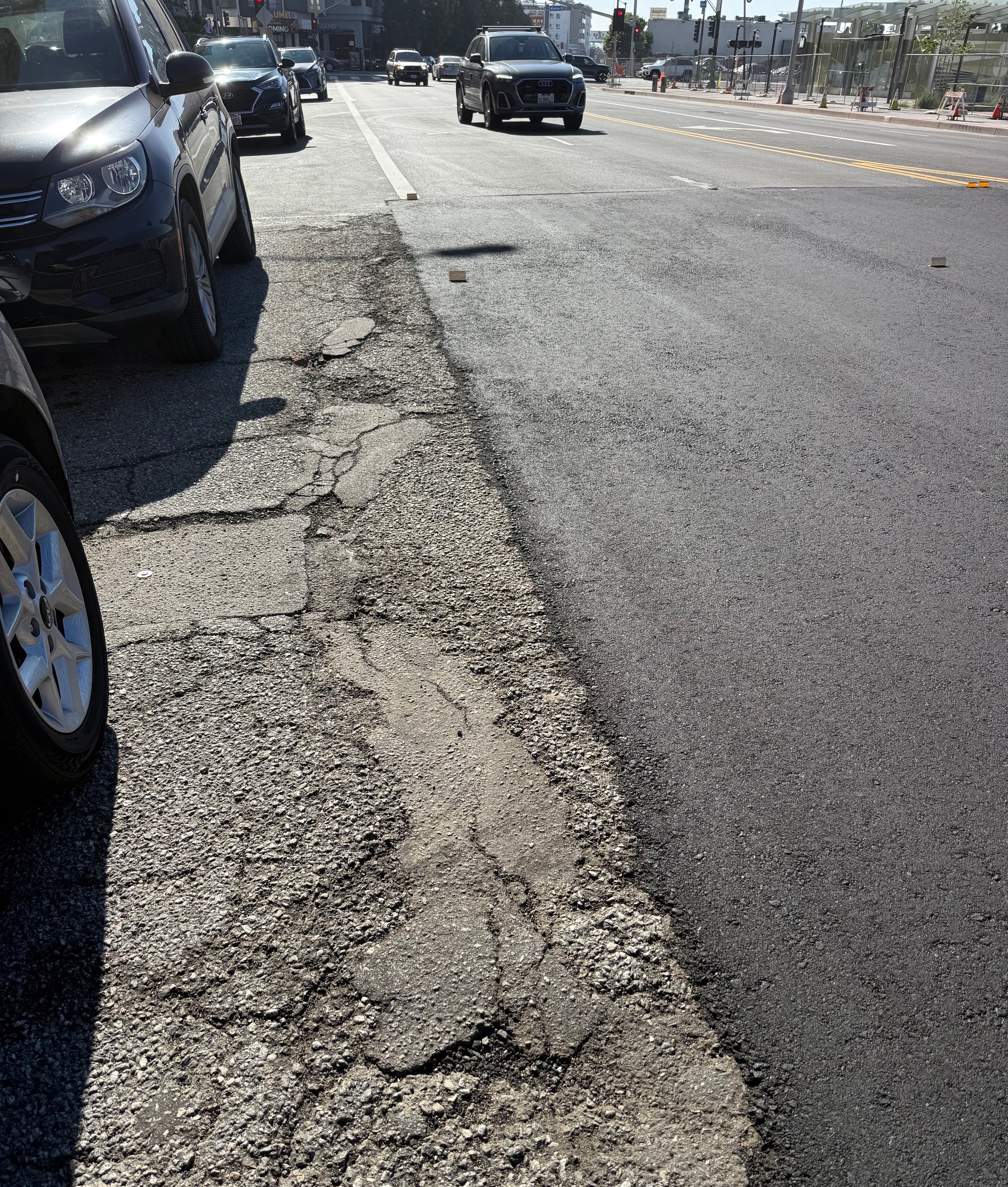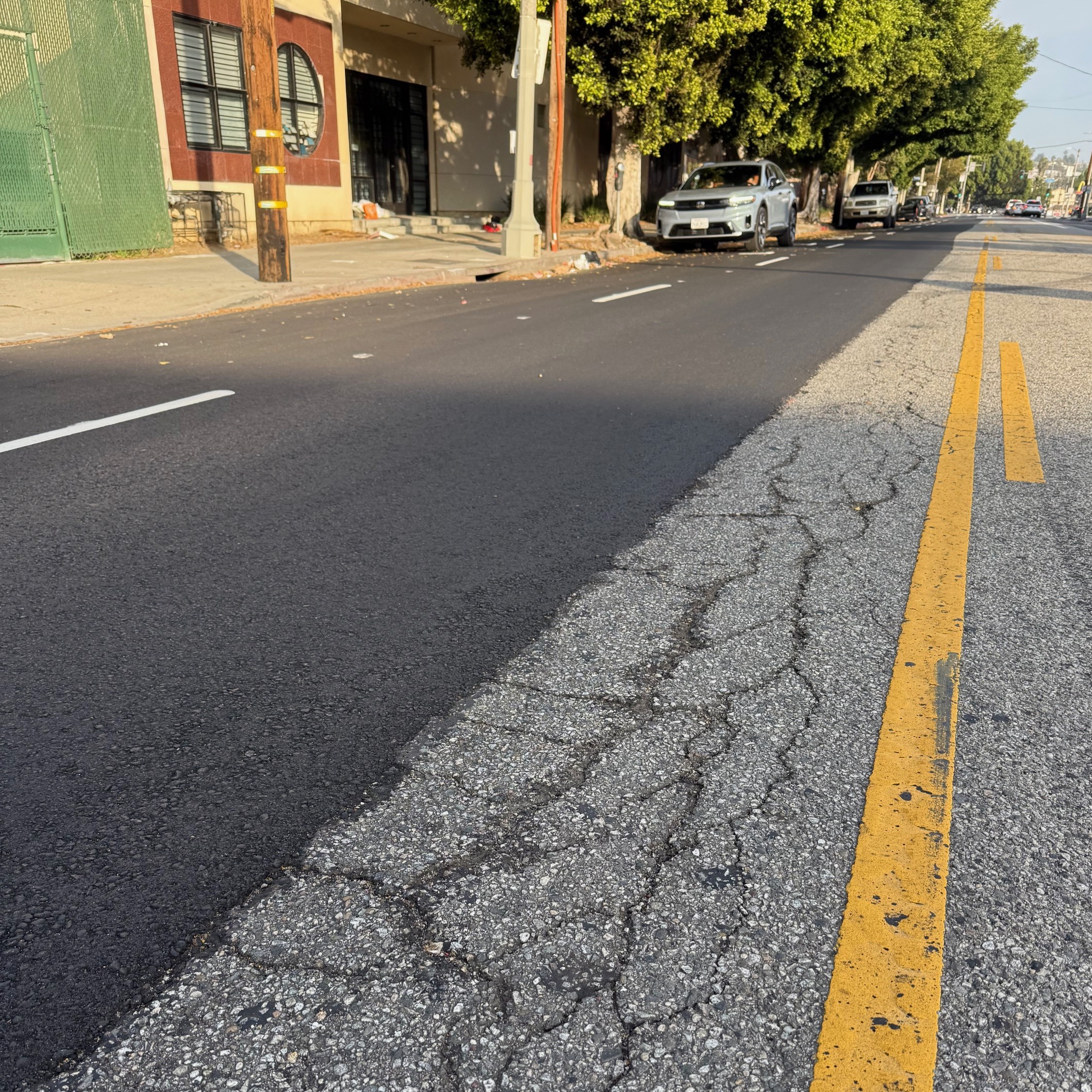The way we design cities in the U.S. is dysfunctional, and the reasons for that are many. But among the most important is how our public agencies are structured, argues Nathaniel Hood at Strong Towns.
To illustrate his case, Hood holds up Hiawatha Avenue in Minneapolis. He writes that two different city agencies -- both doing exactly what they're supposed to be doing -- are working at cross-purposes on this street. On the one hand, the city of Minneapolis's planning department is working to make the street appealing to people who walk to the new Hiawatha light rail stations. On the other hand, the city's traffic engineering department is spending $1.1 million to adjust signal timing in a way that will enable drivers to speed down the road more quickly.
Therein lies the problem, Hood says:
What better way to dis-incentivize people from using a $500 million light rail investment than to continue to subsidize its competition and create an environment contradictory to land use plans? One of the few reasons people are enticed onto light rail tracks is precisely because Hiawatha is congested. This fits our recent history of building expensive pieces of public infrastructure and then funding its direct and indirect competition (this is common with event and convention centers).
It all boils down to having a backwards approach to transportation and land use planning (and Minnesota isn’t alone). We operate within the same environment, but these professions work separately – and they shouldn’t. We spend millions building light rail in hopes that it will create mixed-use urban development and then we attempt to move cars as fast and conveniently as possible through an area where we expect increased pedestrian activity.
Ultimately, we need to find a way to combine transportation and land use. It goes beyond zoning and road mismatches, principles of induced demand and the quixotic nature of subsidizing competing interests. Transportation and land use planning are intricately linked, and our planning process needs to reflect accordingly. Otherwise, we’ll likely be experiencing more roads with personality disorders.
Elsewhere on the Network today: Mobilizing the Region reports that communities in southern New Jersey and greater Philadelphia are using crowd-sourcing to determine the best sites for bike infrastructure. Bike Portland reports that bike and pedestrian projects have lost the guarantee of receiving 25 percent of regional transportation spending. And Biking Toronto reports that e-bicyclists are pressing the city for legal access to bike lanes.







